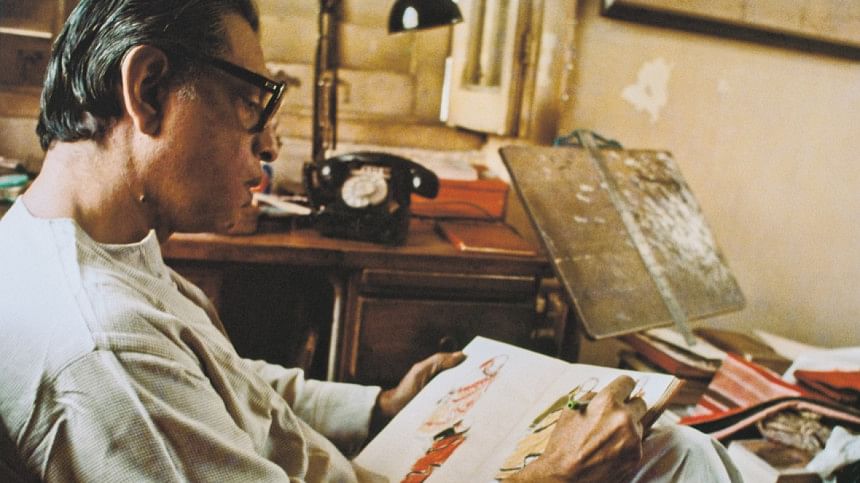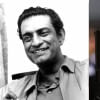The lesser-known facets of cinematic maestro Satyajit Ray

Satyajit Ray's name is synonymous with cinematic excellence and visionary storytelling, establishing him as one of the foremost filmmakers in global cinema. As today marks the 32nd death anniversary of the cinematic maestro, it's fitting to reflect on the profound impact and the lesser-known aspects of his illustrious career.

Born on May 2, 1921, Ray's artistic journey began in the realm of commercial art before he became a filmmaker. His encounter with French filmmaker Jean Renoir and his experience with Vittorio De Sica's groundbreaking film "Bicycle Thieves" during a trip to London were pivotal, steering him toward independent filmmaking.
Throughout his career, Ray's genius was recognised with an impressive tally of accolades, including 36 Indian National Film Awards, a Golden Lion, a Golden Bear, and two Silver Bears. He was also celebrated at various international film festivals and was honoured with an Academy Honorary Award in 1992. That same year, the Government of India awarded him the Bharat Ratna award, the nation's highest civilian honour.

On his 32nd death anniversary today, we explore some lesser-known facts about Ray that highlight his multifaceted genius:

A Designer at Heart
Ray's artistic prowess extended to graphic design, where he made significant contributions by designing book covers for Signet Press, including classics such as Jim Corbett's "Man-Eaters of Kumaon" and Jawaharlal Nehru's "Discovery of India".

A Pioneer in Bangla Typography
Ray's creativity in typography is evident in his creation of four Roman fonts, integrating Indian motifs with calligraphy, notably Ray Roman and Ray Bizarre.

A Marketing Mind
Demonstrating foresight in film marketing, Ray was the first to employ teaser advertising campaigns, starting with his debut film "Pather Panchali".

Advocate of Cinematic Independence
Despite pressure from the West Bengal government to alter the ending of "Pather Panchali" to a more optimistic tone, Ray stood firm. The film's integrity was preserved with the support of the then Indian Prime Minister Jawaharlal Nehru, allowing its successful premiere at the Cannes Film Festival.

Musical and Artistic Talent
Post-1961, Ray composed music for all his films and designed their publicity posters, showcasing his artistic versatility.

Storyteller and Innovator in Colour
His film "Kanchenjungha" (1962) was not only the first film based on his own story but also marked his initial foray into colour filmmaking.

A Documentarian by All Means
In 1987, Ray created a documentary on his father, Sukumar Ray, commissioned by the West Bengal government.

Collaborative Composer
Beyond his films, Ray also lent his musical talents as the music director for the Merchant Ivory film "Shakespeare Wallah".

Satyajit Ray remains a towering figure in the world of film, not only for his directorial prowess but also for his contributions as a writer, composer, and designer. His directorial prowess and multidisciplinary approach have left an enduring mark, making him a seminal figure in the annals of global cinema.

 For all latest news, follow The Daily Star's Google News channel.
For all latest news, follow The Daily Star's Google News channel. 









Comments